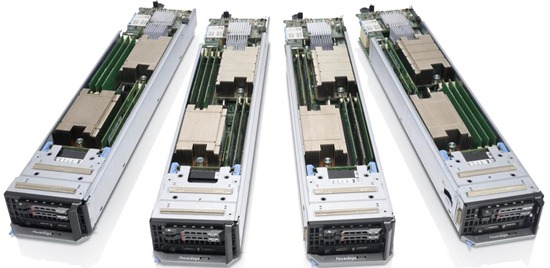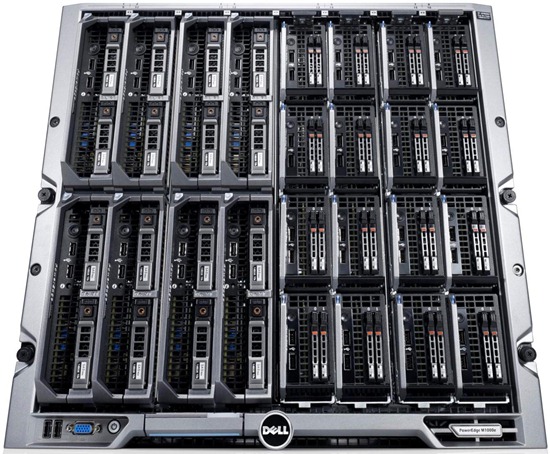Earlier this year, Dell launched the PowerEdge 12th Generation servers. At the core of this new generation was the input from over 7,700 customer interactions around the world. Incorporating what is important to our customers, as they deploy their various applications and workloads, became the blueprint for the PowerEdge design to value. This customer-infused value in our new generation of shared infrastructure platforms was recently reviewed by InfoWorld and earned the Editor’s Choice award for Blade Servers:
“From a purely hardware perspective, the Dell PowerEdge M1000e is quite a compelling system. The vastly increased number of individual blade options — including the introduction of novel high-density blades such as the PowerEdge M420, the impressive PS-M4110 storage blade, and the Force10 MXL 10G/40G blade switch—offer more flexibility and scalability than ever.”
I heard similar comments as I was listening to Dell’s booth visitors at a recent conference. I was very pleased by the week long recurring narrative of how the Dell Blade ecosystem was becoming the Customer’s Choice as well!

With comprehensive and intuitive systems management options, easily managed enterprise-class SAN storage, robust networking choices (both Dell and non-Dell), and a WIDE array of quarter height to full height platforms, the Dell Blade ecosystem allows customers to right size their converged infrastructure needs without sacrificing any innovations or functionality of the PowerEdge family. And all this is available in the chassis that has been home of the world’s most power-efficient blade server for the past three generations. Click on these images below to see a larger version.
Deploying shared infrastructure, from networking, to storage, to the server nodes themselves, requires a solid chassis design for a couple of reasons. First, customers want to get the most out of their fixed infrastructure investments. The M1000e chassis, launched in 2008, has allowed customers to experience industry-leading power efficiencies, helping them control costs in times of increasingly expensive electricity, and shrinking budgets. Secondly, this performance couples well with the longevity of the chassis, the plans for which are already underway to house the next generation of Dell blade severs. The density of the M420 quarter height blades, the scale of the 1.5TB memory capacity in the M820, and the Fresh Air capabilities of all Dell 12th Generation blade servers, are made possible by innovative airflow and thermal engineering that keep our chassis fan speeds and power draw throttled up or down depending on the server node’s needs. Separate channels of air dedicated for servers, power supplies, and for our I/O Modules also contribute to efficient delivery of cooled air with as little impedance as possible.
When customers speak, Dell listens. All of the thought, design, and engineering put into the current Dell Blade ecosystem has been brought to market with critical attention to the customer experience. Technology for technology’s sake isn’t as important as saving our customer’s time, space and money or helping them deliver results faster. We focused our efforts and measure our success with the human reaction to the productive results and easy maintenance of customer’s applications in mind.
The (editor’s) choice… is yours.
For more on the Dell PowerEdge blade offerings, specifically the one of a kind quarter height M420 blade, check out the video below.
